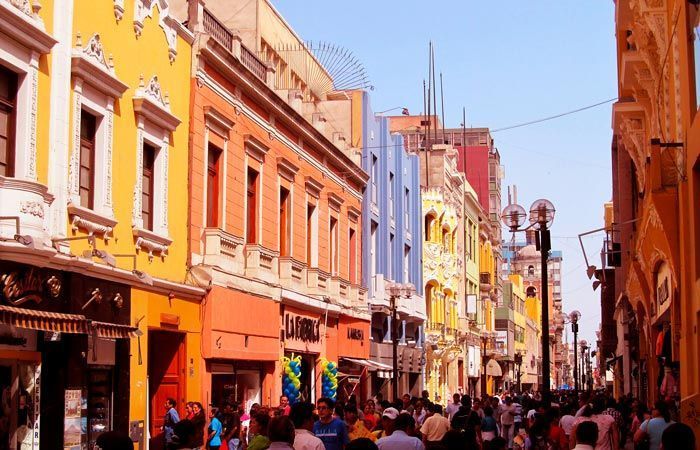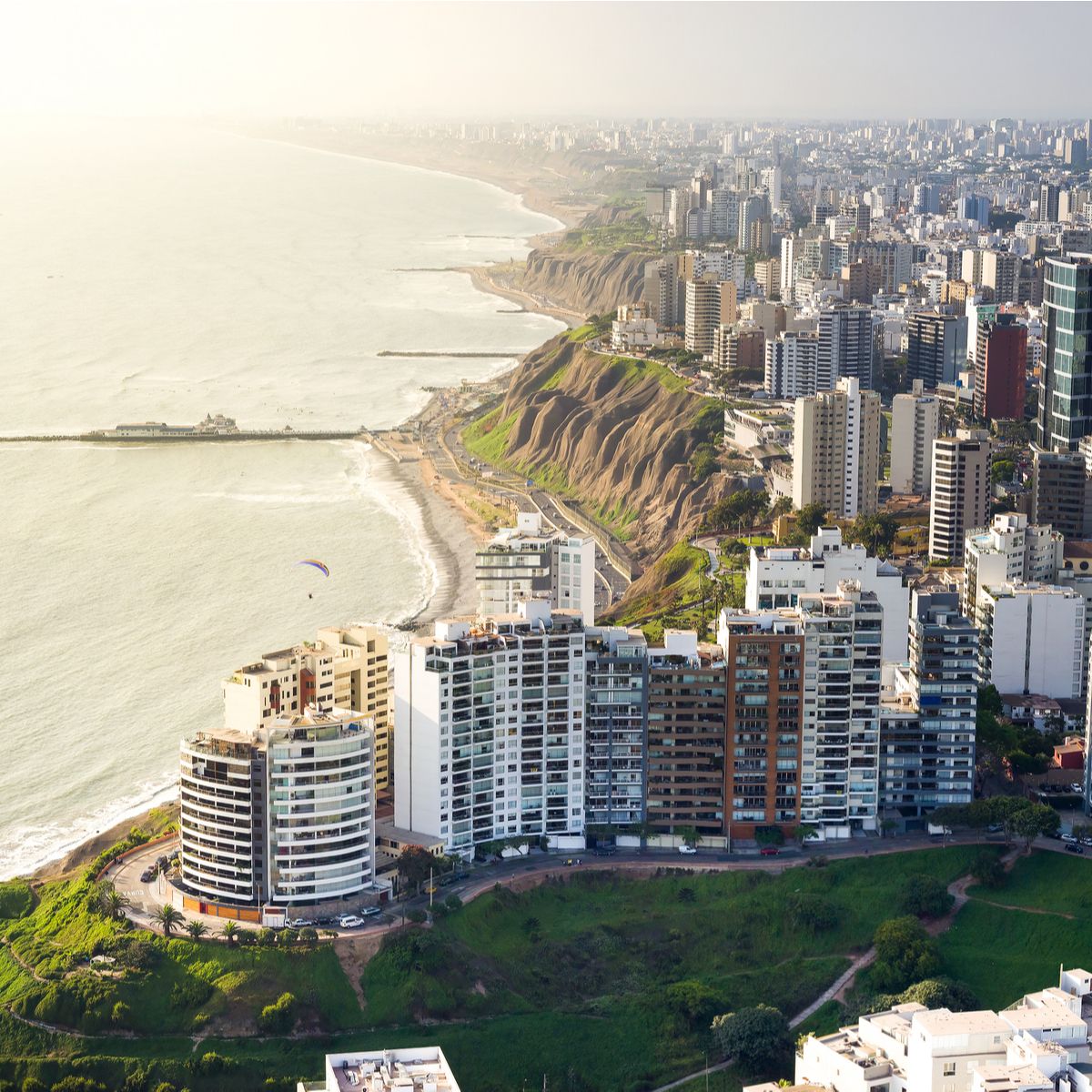Lima, the capital of Peru, is a bustling coastal city that offers a unique blend of historic charm, modern convenience, and vibrant culture. For American expats looking to enjoy a lower cost of living, ocean views, and some of the best food in the world, Lima is a destination worth serious consideration.
Why Move to Lima?
Lima’s biggest draw is its affordability. While it is the largest and most developed city in Peru, the cost of living is significantly lower than in most U.S. cities. According to Numbeo, rent in Lima is about 75% lower than in New York City. A one-bedroom apartment in a safe neighborhood like Miraflores or Barranco can cost between $400 and $700 per month.
Beyond affordability, Lima offers an unbeatable culinary scene. The city is home to several world-renowned restaurants and a diverse food culture that includes everything from fresh ceviche to hearty Andean stews. Additionally, Lima’s coastal location means you’re never far from the beach, and it boasts a rich cultural scene with museums, art galleries, and historical architecture.
The weather is mild year-round, with temperatures rarely dropping below 60°F or rising above 85°F. While the city can be overcast for much of the year, its consistent climate makes it easy to plan and enjoy daily life.
Visa Requirements for Americans
U.S. citizens can stay in Peru for up to 90 days without a visa. Extensions are possible, but if you’re planning a long-term move, you’ll want to explore visa options:
- Rentista Visa: For those with a stable monthly income from outside Peru.
- Work Visa: Requires a job offer from a Peruvian employer.
- Investor Visa: For those willing to invest in a Peruvian business.
You can find more details about the different visa types and requirements on the official Peruvian immigration site.
Where to Live in Lima

Most expats choose to live in Miraflores or Barranco. Miraflores is more modern and commercial, featuring high-rises, shopping centers, and beachfront parks. Barranco has a more bohemian vibe, with colorful colonial buildings, street art, and a lively arts scene.
Both neighborhoods are safe, walkable, and home to a large number of expats. San Isidro is another option for those looking for a quieter, upscale experience with proximity to business centers.
Living in Lima: What to Expect
Spanish is the official language, but English is widely spoken in tourist areas and among younger Peruvians. Learning basic Spanish will make your experience smoother and help you connect with locals.
Healthcare is accessible and affordable, with many private clinics and hospitals offering high-quality care. Private insurance plans can start at around $30 to $70 per month depending on age and coverage.
Public transportation is extensive but can be chaotic. Many expats use taxis or rideshare apps like Uber. If you’re considering driving, be aware that Lima traffic can be intense and road rules loosely followed.
Final Thoughts
Lima combines the best of urban living with the charm of a coastal lifestyle. With a lower cost of living, vibrant expat community, and rich cultural traditions, it’s no surprise that Lima is becoming an increasingly popular destination for Americans seeking a new life abroad. From savoring world-class cuisine to enjoying oceanfront sunsets, Lima has something for every kind of expat.
Check out my expat travel gear before you go!

